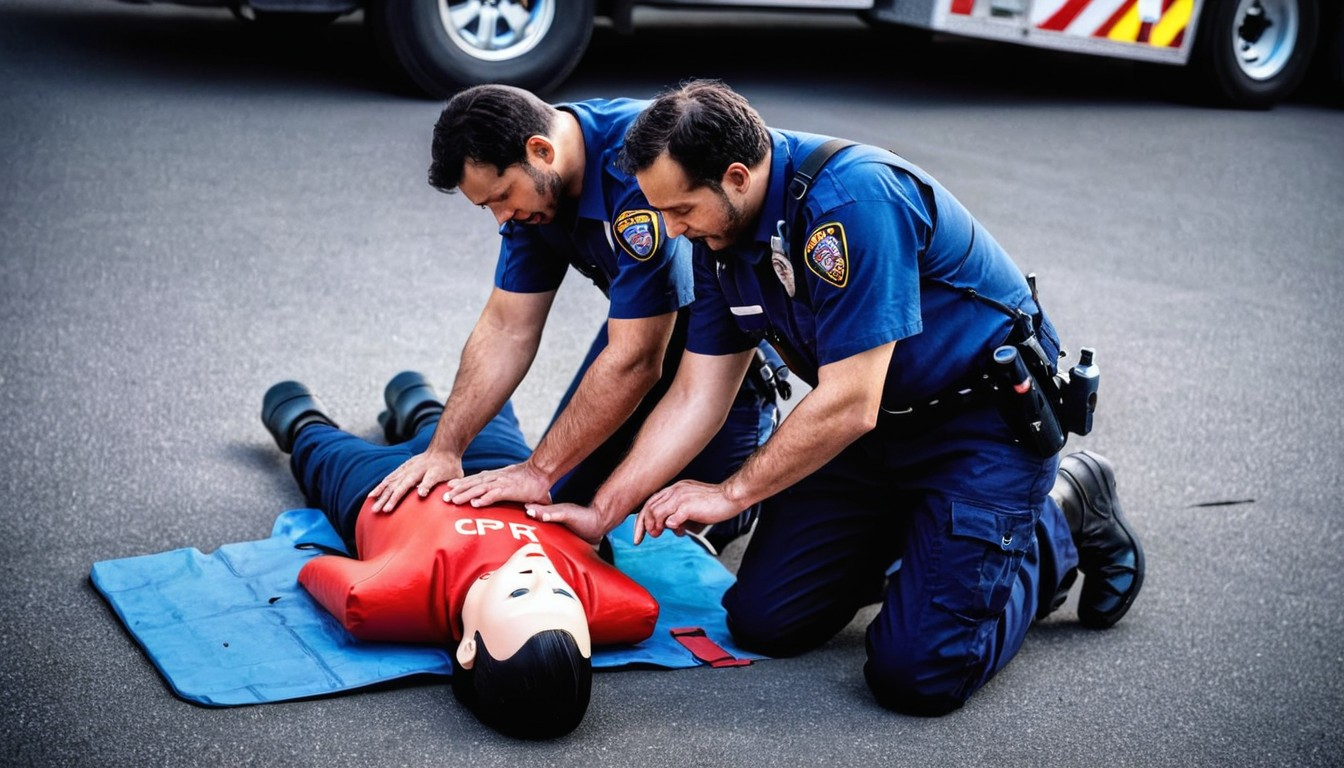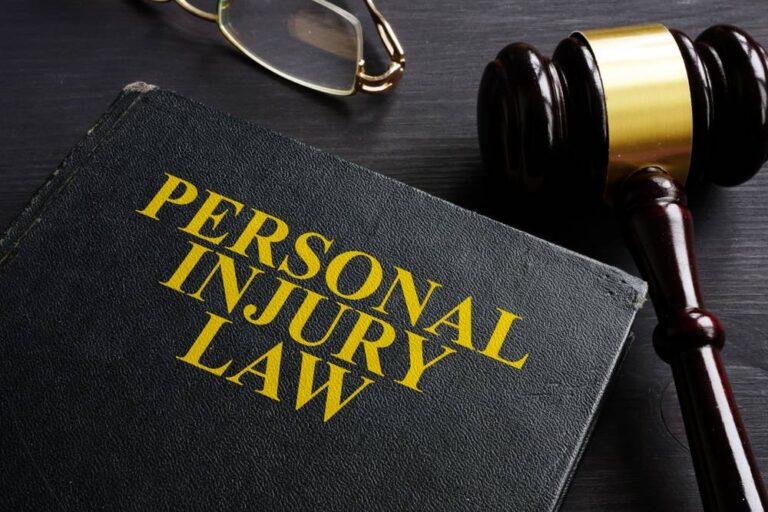Learning Basic Life Support (BLS) CPR/AED and First Aid not only saves lives, these certifications also make you stand out when you’re seeking employment. To ensure the best training, choose an American Heart Association Training Center that offers on-site classes.
In-Pulse CPR American Heart Association Training
In-Pulse CPR, which offers AHA CPR training in Florida, Minnesota, and Pennsylvania, provides onsite BLS CPR/AED classes at convenient times during the week. Their program is comprehensive, as they cover CPR training programs that cover the care of infants, children, and adults.
When seeking CPR and first aid training then, make sure the program offers AHA training and that it covers “all the bases” for providing this type of aid.
If you’re required or wish to take a BLS CPR/AED class, ask your employer for clarification about the training programs they endorse. Most employers and institutions require that you take an AHA program and usually do not accept Red Cross training for CPR and First Aid certifications.
The BLS Provider CPR/AED classes that In-Pulse CPR features are designed for healthcare workers, including nurses, dental workers, hygienists, and nursing assistants.
First aid training, when taken with CPR training, covers injuries of the soft tissues, bones and muscles, including emergency care. The first-aid training also covers diabetic emergencies, environmental crises, and anaphylactic shock.
Laypersons, or non-medical people, regularly take the BLS CPR/AED courses as well. Lifeguards, teachers, office staff, daycare providers, warehouse employees, church workers, fitness instructors, grandparents, and parents are all typical students.
The In-Pulse classes are held at the client’s site or scheduled at designated training locations. Private group training is also provided for employers and other groups.
State-of-the-art equipment and the latest technologies (mannequins and AEDs) make onsite training interactive and interesting.
You can also take AHA instructor training. To take the course, you need to show an unexpired BLS provider certification before you begin the class.
AHA training basically covers BLS provider CPR/AED, a combination CPR/AED and First Aid course, or bloodborne pathogens training. Students who apply for the 8-hour instructor training course through In-Pulse learn how to teach all these subjects and receive an instructor’s manual as their guide.
All certifications last two years. After that, you’ll need to take a refresher course.
If you take a CPR/AED class, a session typically lasts about 3 hours. Adding the First Aid module extends the class to 5 hours.
The Benefits of Having a BLS CPR/AED and First Aid Certifications
Below are some of the major advantages of including BLS CPR/AED and First Aid certifications on your resume after college:
1. BLS CPR/AED and First Aid certifications demonstrate you have additional skills and training beyond your degree.These certifications show employers that you have taken the initiative to gain additional abilities – abilities that make you more well-rounded and more focused on the safety and well-being of people in your local community.
2. CPR and first aid skills are directly applicable to many jobs, especially those that involve working with people in the teaching and social service fields. However, knowing these emergency procedures is valuable to everyone. Whether you learn CPR to support a job requirement or you learn bystander CPR, you are fulfilling a civic and moral responsibility.
3. Sudden Cardiac Arrest (SCA) claims the lives of over 350,000 people each year in the U.S. Moreover, most SCAs (90%) occur outside a medical facility or a hospital. SCA can happen to both younger and older adults as well as children and teens and people who appear to be healthy. Your knowledge of lifesaving skills can ultimately make a difference in someone else’s life.
4.. The fact that you got certified in lifesaving techniques shows that you care about assisting and protecting people who are vulnerable or in distress. This responsible, service-minded attitude is attractive to employers, as it indicates that you take your responsibilities seriously.
5. Whether you want to go into healthcare, education, coaching, childcare, hospitality or business, getting certified in CPR/AED and First Aid can boost your chances by highlighting supplemental but relevant skills.
6. Seeking out additional certifications demonstrates motivation, a self-starting behavior and a commitment to developing your capabilities and knowledge. Employers actively look for these qualities in their employees.
How Getting Certified in BLS Provider CPR/AED Rounds Out Your Skills and Knowledge
Learning CPR/AED and First Aid can potentially benefit professionals in nearly any field, not just healthcare. workers. Below are some reasons why knowing CPR/AED specifically is helpful to career seekers or just about anyone who takes the training.
1. Safety Skillset – Knowing CPR enables you to properly respond in an emergency situation at work or elsewhere. This protects people’s well-being – something that is vitally needed today, given the number of SCA fatalities.
2. Care for Coworkers & Community – If a coworker or client has a health crisis, CPR knowledge equips you to provide critical life-saving support until emergency responders arrive.
3. Meets Certification Requirements – Some jobs require current CPR and/or first aid certification, thereby meeting a specific job requirement.
4. Stand Out in the Job Search – Highlighting supplemental training like CPR on your resume can set you apart from other applicants. It signals resourcefulness and service – a willingness to go the extra mile .
5. Peace of Mind – There’s comfort in knowing you can help if somebody starts choking or stops breathing. This gives you more confidence, whether you use CPR on the job or need to help someone in a public emergency.
The lifesaving basics learned in a CPR course can serve professionals in any industry when a crisis strikes.
How Getting CPR-Certified Distinguishes You From the Job Competition
Learning BLS CPR/AED and First Aid can make your resume stand out in a few key ways:
1. Seeking additional certifications shows motivation and a commitment to your overall development.
2. Performing CPR requires clear communications, level-headedness under stress, and a true concern for the welfare of others. These soft skills give resumes an edge.
3. Taking the lead in an emergency via life-saving actions displays an aptitude to take charge – something that hiring managers prize.
Other Resume-Boosting Skills
As for other resume-boosting skills to build, consider:
Learning a Language – Fluency in a foreign language sharpens cognition and shows multicultural engagement. Just like learning CPR/AED, it’s best to learn a new language hands-on. In this case, think about one-on-one instruction with a tutor or choosing a group setting online.
Managing Volunteers– Organizing volunteers demonstrates that you have skills in planning, logistics, networking and a commitment to the local community.
Mastering Software Programs – Obtaining certificates in top business/software programs, such as Google Analytics or C++, demonstrates a mastery of today’s essential technologies.
Give Industry Presentations – Offering your input at professional seminars makes you stand out as an expert in your field.
Engaging in Creative Pursuits – Pursuits like writing, painting, or drawing demonstrate flexibility and imagination – traits that companies value and like.
Increasing Your Sustainability Knowledge – An understanding of eco-friendly practices shows that you’re tuned in to societal priorities and better business practices.
Conclusion
Gaining an advantage in the employment market often comes down to highlighting in-demand skills – both hard and soft – then striving to certify and demonstrate additional abilities. Taking a course like CPR helps land that interview. The training not only helps you in your career, it is worthwhile and valuable to you personally as well.
Author: Donna Ryan
Author Bio: Donna Ryan is a journalist and writer who lives in Tucson, Arizona. She primarily covers health, education, legal, and news-related topics.





